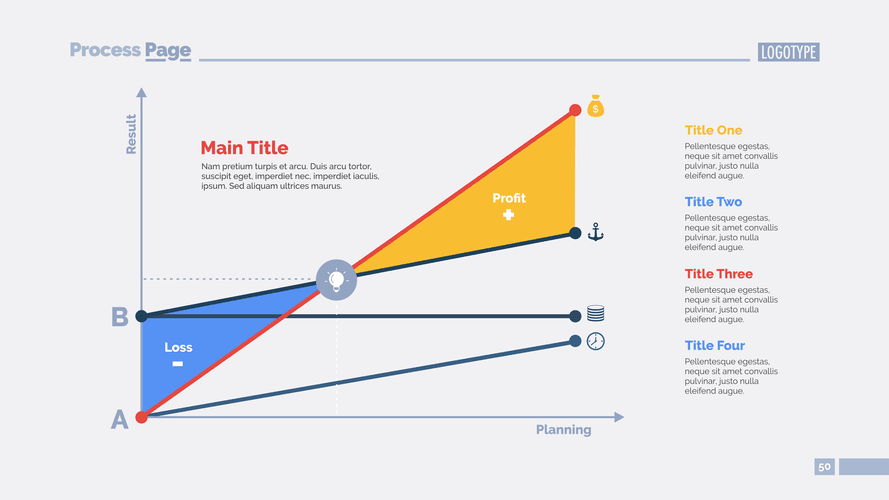Content

Either way, at some point an Excel spreadsheet won’t do and an ERP system will allow a business owner to operate the company more efficiently. Material Requirements Planning (MRP) – A system designed to react to demand for raw materials and finished goods. It ensures that enough materials are available for production, enough finished products are available to deliver to customers, and that the lowest amount of materials and products needed are on hand. The software, being continuously updated and watched in real-time, ensures needed information is accessible by each appropriate department.

Augmenting and integrating legacy software with cloud applications can complement, enhance, and supplement important tasks. This approach can breathe new life into legacy ERP systems, giving businesses a great opportunity to start adopting cloud capabilities. ERP Systems and software support multiple functions across the enterprise, mid-sized, or small businesses, including customizations for your industry. For companies that want a mixture of both to meet their business requirements, there is the hybrid cloud ERP model.
Enterprise Resource Planning in the IT Industry
When payment arrives, the user enters the payment in the general ledger or in a cash-management module, and the revenue is recorded and reconciled with the company’s bank account. When a company grows, typically it will need more efficient systems to handle data and information. A company might have more sales leads to keep track of or more accounting information to process.
The ERP user enters information about the customer, such as contact information, and creates a sales order in the order management module. Then, they check availability of the product in the inventory management module (or a part of order management with access to inventory data) and return to order management to arrange shipping. Widely used in businesses of all sizes, ERP is considered a must-have for large enterprises and is increasingly being deployed in growing small businesses.
What Is the Difference Between an ERP and MRP?
One battle of finding and selecting and ERP for your business is making sure it works with your existing software. The sections below cover how ERPs integrate and deploy with other tools in your arsenal. The engineer Ford Whitman Harris developed the economic order quantity (EOQ) model, which was a paper-based manufacturing system for scheduling and production. Clients receive 24/7 access to proven management and technology research, expert advice, benchmarks, diagnostics and more.
ERP for finance can help you manage your daily accounting and financial close processes securely, regardless of your deployment approach. To eliminate unnecessary processes and centralize work, they chose the Oracle NetSuite ERP system. Immediately, Fulton & Rourk was better able to identify accounting errors related to inventory, eliminate costs from employing third parties to evaluate their financial records, and better report financial positions.
Six key benefits of ERP
On-premises ERP typically creates data silos; requires expensive, ongoing maintenance fees; and involves creating customizations. Four vendors — Infor, Microsoft, Oracle and SAP — are the market leaders in sales, according to erp defined most research firms, and have the broadest product lines covering all of the ERP categories described above. They also have the largest installed base of old on-premises systems, which the industry refers to as legacy ERP.

This helps ensure that the information used across the enterprise is normalized and based on common definitions and user experiences. Simply put, ERP is the vehicle for integrating people, processes, and technologies across a modern enterprise. ERP, or enterprise resource planning, is software designed to manage and integrate the functions of core business processes like finance, HR, supply chain and inventory management in a single system.
Step 3: Verify cloud ERP implementation tasks
Unlike legacy systems, Oracle Cloud delivers continuous innovation with regular updates of the latest technology, including AI, machine learning, and digital assistants. When compared to deploying a single-point software application, a cloud ERP suite offers the best advantage for businesses as it covers the entire breadth of ERP requirements. Most small businesses begin with minimal systems, and then install increasingly sophisticated ones as their operations grow in size and complexity.
- The ERP software system shown here illustrates enterprise resource planning use cases for sourcing and procurement, as well as sales.
- Once the quantity of data and its definition are defined, this implementation task requires extraction, transformation, and load (ETL) skills covering data quality and normalization tasks.
- As the business case for a cloud project gains approval, the cost and schedule advantages stand out.
- Financial Statements – A record of the financial activities and position of an organization.
- The engineer Ford Whitman Harris developed the economic order quantity (EOQ) model, which was a paper-based manufacturing system for scheduling and production.
- Other common modules include research and development (R&D) and engineering, asset management and sourcing and procurement.
